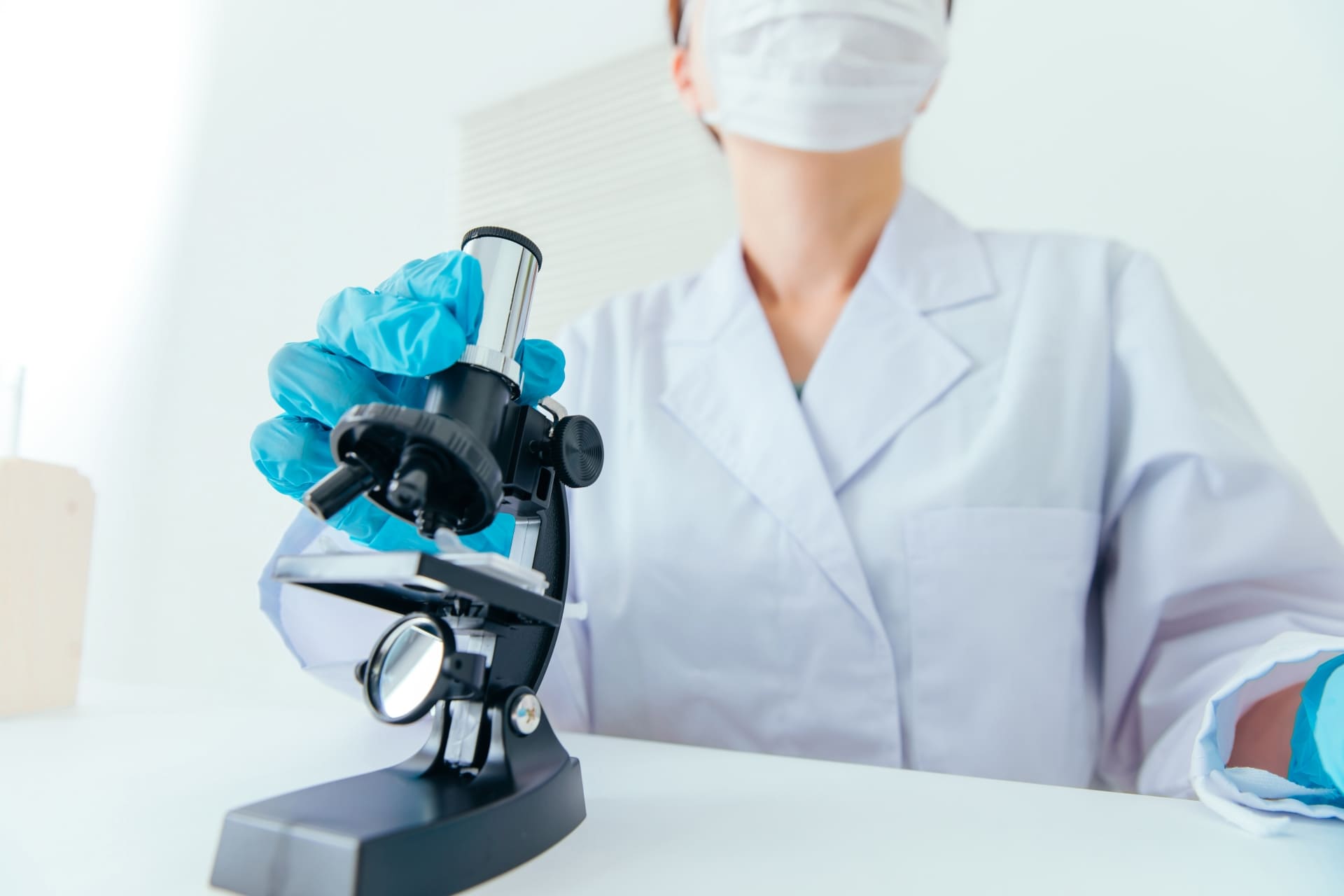
According to the World Stroke Organization, stroke ranks among the top causes of death and disability around the world. Statistics show that 1 in 4 adults over the age of 25 will suffer a stroke at some point in their lives. This year alone, more than 12 million individuals globally will experience their first stroke, and 6.5 million will lose their life to it. Additionally, over 100 million people worldwide have had a stroke. While the likelihood of stroke increases with age, it is notable that over 60% of strokes occur in people younger than 70, and 16% affect those under 50.
Given the high incidence and impact of stroke, exploring innovative treatments like stem cell therapy is crucial. Stem cells have various characteristics that make them well-suited for treating strokes, which we will go more into details in this article:
Recognizing stroke symptoms early is crucial for saving lives and improving recovery. Use the F.A.S.T. acronym: Face drooping (ask the person to smile), Arm weakness (check if one arm drifts downward), Speech difficulty (ask them to repeat a sentence), and Time to call
https://www.world-stroke.org/world-stroke-day-campaign/about-stroke/impact-of-stroke
emergency services if any signs are present. Additional symptoms include sudden confusion, trouble seeing, severe headache, and difficulty walking or balancing.
Preventing stroke involves several key strategies:
Implementing these measures can significantly reduce stroke risk and improve overall cardiovascular health.
Current stroke treatments vary by type and require prompt medical intervention to minimize damage and aid recovery. For ischemic stroke, caused by a blood clot, treatments include tissue plasminogen activator (tPA) within 3-4.5 hours and mechanical thrombectomy within 6-24 hours. For hemorrhagic stroke, caused by brain bleeding, treatments focus on controlling bleeding and reducing pressure through medications or surgery. Post-stroke rehabilitation, including physical, occupational, and speech therapy, is crucial for recovery and improving quality of life.
Researchers have been exploring the use of mesenchymal stem cells (MSCs) in the treatment of stroke patients worldwide. Their unique properties, as described below, make them a possible option for stroke recovery.
MSCs reduce inflammation and modulate the immune response, mitigating the secondary damage caused by the body’s reaction to a stroke. This creates a more favorable environment for brain recovery.
MSCs enhance angiogenesis, the formation of new blood vessels, which restores blood supply to damaged brain regions. They also support neurogenesis, the creation of new neurons, helping to replace lost neural cells and improve brain function.
MSCs can transfer healthy mitochondria to damaged cells, restoring their energy production and enhancing cell survival. This mitochondrial transfer is crucial for rescuing stressed brain cells after a stroke.
Mesenchymal stem cells (MSCs) release exosomes containing bioactive molecules such as miRNAs and mRNAs, which are crucial for cell repair and communication. These exosomes support neural repair, enhance synaptic plasticity, and contribute to overall functional recovery by delivering therapeutic molecules to injured brain cells. Additionally, MSCs secrete cytokines that play a significant role in modulating inflammation and promoting tissue regeneration. These cytokines further support the repair process by reducing inflammation and creating a conducive environment for healing, thus amplifying the overall therapeutic effect.
Mesenchymal stem cells (MSCs) can differentiate into endothelial cells (the inner lining of blood vessels, such as arteries and veins), under certain conditions. Endothelial cells line blood vessels and are crucial for angiogenesis, the formation of new blood vessels. In research and clinical settings, MSCs have shown the potential to differentiate into endothelial cells in vitro and in vivo, contributing to tissue repair and regeneration. This differentiation is facilitated by specific growth factors, signaling molecules, and culture conditions that mimic the microenvironment of blood vessels.
At our Regenerative Medicine Department, we are committed to providing cutting-edge treatments to enhance our patients’ health and well-being. Our clinic now offers advanced stem cell therapy services, leveraging the power of mesenchymal stem cells (MSCs) to aid in stroke recovery and other medical conditions. Our expert team of healthcare professionals utilizes the latest research and technology to deliver personalized and effective stem cell treatments. By incorporating MSC therapy into our range of services, we aim to provide comprehensive care that promotes healing, improves function, and enhances the quality of life for our patients.